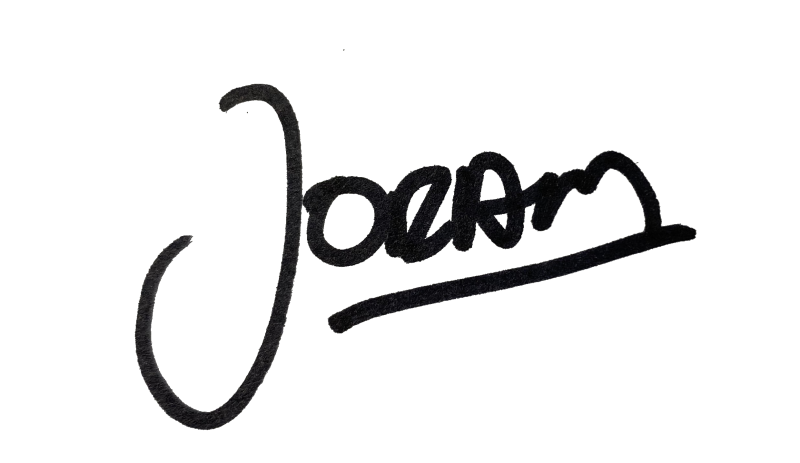There are many different approaches to content marketing but one of the best ways to create content that will get shares and that will get read, is to attempt to build ‘long form’ blog posts and articles. This is any content that is longer than 1,000 words and that will usually include lots of images and links. It’s also perhaps the most powerful type of content there is for growing your site and demonstrating value…
Why Long-Form Content Works
Google has undergone many changes over the years but almost all of these have had a single purpose: to provide its users with better results. Google wants to show its users the most relevant, entertaining and useful search results and as such, it wants to remove as much spam as it can from its results pages.
To do this, Google looks for indicators of a site’s quality. One such indicator is length, and if a blog post or article appears to be longer, then this suggests that it is providing more value to the reader. There’s only so much information you can convey in 500 words, whereas a long post is something that will be able to go in depth and explore many different angles of a subject.
This is why Google has actually gone on record to say that the optimum length for a blog post is 1,800 words. If your content is that long, then it will look like it has real value to the reader. You can enhance this by also adding lots of headers, lots of images and lots of links to high quality external resources.
Another good sign that Google likes long-form content is the fact that longer posts are most likely to get featured as resources in the SERPs!
How to Device Long-Form Content
To make long-form content that works, you need to choose a topic that you can really go in-depth on. This means thinking of every single way that you can offer more value and useful information to the reader, whether that means including links to resources throughout the post (or at the end), whether it means providing different opinions on the same subject or whether it means just being the most in-depth ‘guide’ to the subject currently on the web.
What it absolutely must not mean however is that you stuff your site with words and bulk it up as much as possible. Do not waffle or you will lose the audience that matters.
Another tip is to make sure that your content doesn’t look too dense. If your site is just one massive block of text, then it is going to be highly off-putting for the reader and require too much of an investment of time in order to read.
Good long-form content should be spaced out with lots of headings and perhaps even a table of contents. This way, the reader can skim through to find the parts they’re most interested in or they can opt to sit down with a cup of tea and dig in!

